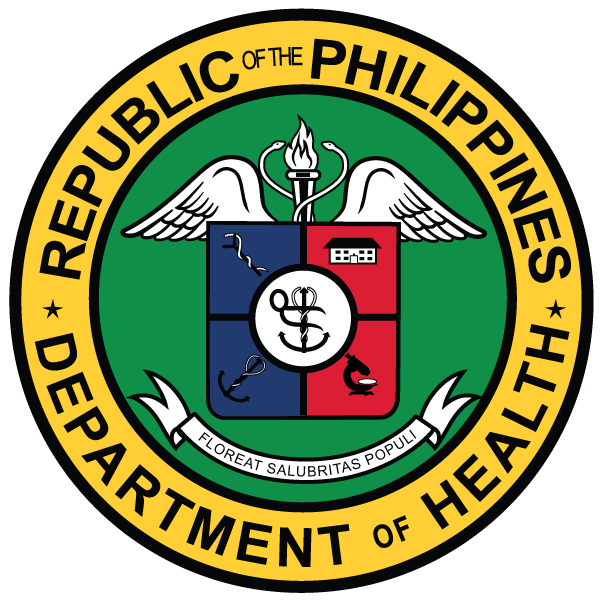 The BRAP Biosafety Credentialing and Competency Program was patterned after the Center for Disease Control (CDC) and the Association of Public Health Laboratories (APHL) Competency Guidelines. Here BRAP presents a program that aims to improve and uplift the culture of safety and security in our countries laboratories. We need to continue to see exposures to various pathogens and fatalities. It is with this premise that biosafety credentialing and competencies become an important component of any biosafety and biosecurity program and an essential means to build the culture of safety and security.
The BRAP Biosafety Credentialing and Competency Program was patterned after the Center for Disease Control (CDC) and the Association of Public Health Laboratories (APHL) Competency Guidelines. Here BRAP presents a program that aims to improve and uplift the culture of safety and security in our countries laboratories. We need to continue to see exposures to various pathogens and fatalities. It is with this premise that biosafety credentialing and competencies become an important component of any biosafety and biosecurity program and an essential means to build the culture of safety and security.  These competency guidelines outline the knowledge, skills, and abilities necessary for public health laboratory (PHL) professionals to deliver the core services of PHLs efficiently and effectively. This is the backbone of the BRAP Biosafety Credentialing & Competency Program.
These competency guidelines outline the knowledge, skills, and abilities necessary for public health laboratory (PHL) professionals to deliver the core services of PHLs efficiently and effectively. This is the backbone of the BRAP Biosafety Credentialing & Competency Program.
As part of a 2-year workforce project sponsored in 2012 by CDC and APHL, competencies for 15 domain areas were developed  by experts representing state and local PHLs, clinical laboratories, academic institutions, laboratory professional organizations, CDC, and APHL. The competencies were developed and reviewed by approximately 170 subject matter experts with diverse backgrounds and experiences in laboratory science and public health. The guidelines comprise general, cross-cutting, and specialized domain areas and are divided into four levels of proficiency: beginner, competent, proficient, and expert.
by experts representing state and local PHLs, clinical laboratories, academic institutions, laboratory professional organizations, CDC, and APHL. The competencies were developed and reviewed by approximately 170 subject matter experts with diverse backgrounds and experiences in laboratory science and public health. The guidelines comprise general, cross-cutting, and specialized domain areas and are divided into four levels of proficiency: beginner, competent, proficient, and expert.
The 15 domain areas are (1) quality management system, (2) ethics, (3) management and leadership, (4) communication, (5) security, (6) emergency management and response, (7) workforce training, (8) general laboratory practice, (9) safety, (10) surveillance, (11) informatics, (12) microbiology, (13) chemistry, (14) bioinformatics, and (15) research. These competency guidelines were targeted to laboratorians working in PHLs, defined as governmental public health, environmental, and agricultural laboratories that provide analytic biological and/or chemical testing and testing-related services that protect human populations against infectious diseases, foodborne and waterborne diseases, environmental hazards, treatable hereditary  disorders, and natural and man-made public health emergencies. The competencies support certain PHL workforce needs such as identifying job responsibilities, assessing individual performance, and providing a guiding framework for producing education and training programs. Although these competencies were developed specifically for the PHL community, this does not preclude their broader application to other professionals in a variety of different work settings. The complete program of CDC-APHL is found in the Supplemental Issue of the CDC Morbidity and Mortality Weekly Report dated May 15, 2015. It may be downloaded here.
disorders, and natural and man-made public health emergencies. The competencies support certain PHL workforce needs such as identifying job responsibilities, assessing individual performance, and providing a guiding framework for producing education and training programs. Although these competencies were developed specifically for the PHL community, this does not preclude their broader application to other professionals in a variety of different work settings. The complete program of CDC-APHL is found in the Supplemental Issue of the CDC Morbidity and Mortality Weekly Report dated May 15, 2015. It may be downloaded here.
BRAP will launch its Biosafety Credentialing and Competency Program on March 26, 2018, during the 1st PAMET-BRAP CPD for 2018 at the Crowne Plaza Galleria, Ortigas Center, Quezon City.












Pingback: Join or Renew your membership now | BioRisk Association of the Philippines 2015, Inc. (BRAP2015)
Pingback: BRAP Credentialing and Competency Program’s basic biosafety modules for labs intending to handle COVID samples. | BioRisk Association of the Philippines 2015, Inc. (BRAP2015)